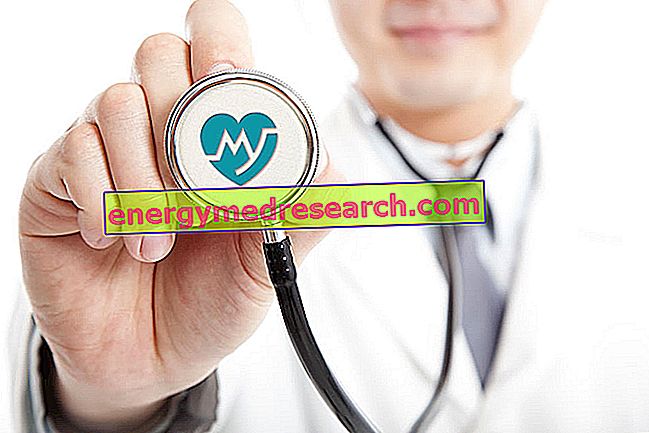Definition
Non-infectious endocarditis is an inflammation of the endocardium (a whitish membrane that lines the inside of the myocardium and delimits the cardiac cavities).
The inflammatory process underlying aseptic endocarditis is characterized by the development of sterile platelet and fibrin thrombi, which are deposited on the endocardium and on the heart valves in response to physical trauma, local flow turbulence, circulating immunocomplexes, vasculitis and / or hypercoagulability conditions.
Non-infectious endocarditis tends to develop more frequently on a defective heart valve damaged by rheumatic fever or congenital heart disease.
Most common symptoms and signs *
- Anorexia
- Arrhythmia
- Asthenia
- palpitations
- Dyspnoea
- Pain in a hip
- Chest pain
- Pain in the upper part of the abdomen
- Articolar pains
- Edema
- Temperature
- Livedo Reticularis
- Pallor
- Paresthesia
- Blood in the urine
- Cold sensation
- Heart murmur
- splenomegaly
- Confusional state
- Sweating
- Fainting
- Tachycardia
- tachypnoea
- Cough
Further indications
Endocarditis symptoms derive from arterial embolism. In some cases, fever, heart murmur and arrhythmias may be present. The presence of sterile platelet and fibrin thrombi can damage valve function and worsen cardiac performance. Furthermore, the risk of colonization by circulating microorganisms increases; endocardial inflammation, therefore, can become complicated and develop into an infective endocarditis.
Embolic phenomena can also produce effects on other organs, such as the brain, spleen and kidneys.
Diagnosis is suggested by negative blood cultures and the outcome of echocardiography. Treatment consists of the use of anticoagulants, such as heparin or warfarin.



